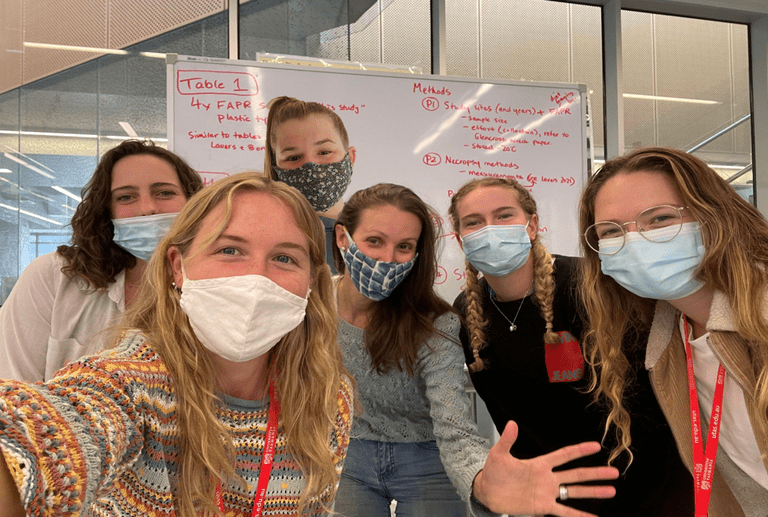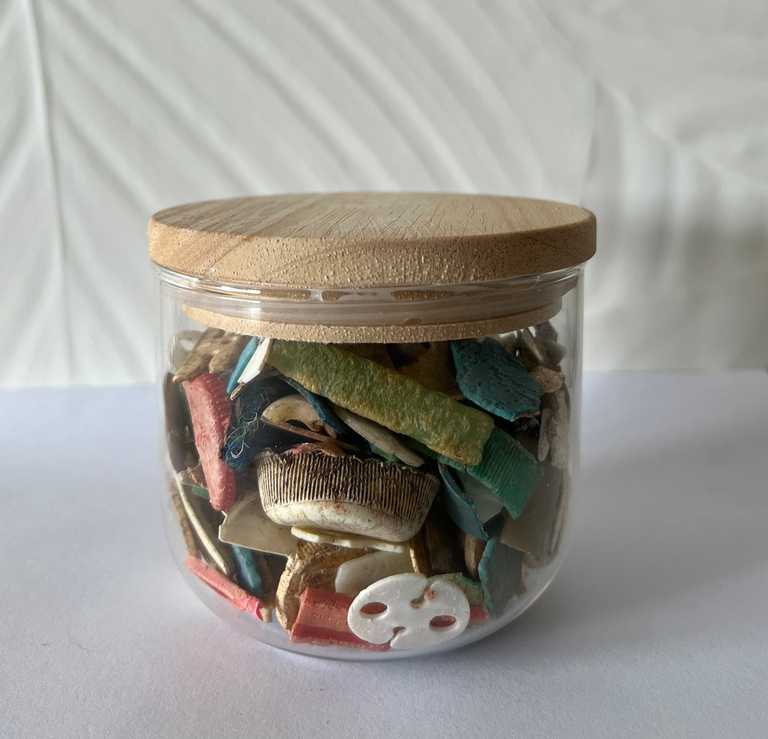Our newest Adrift Lab team paper was written with EXTRA heart 💙
Earlier this year, a marine heatwave occurred in southern Australia. Warm water events have been documented to contribute to negative effects on marine wildlife, including seabirds. Unfortunately, this years' event coincided with the fledging season for a Tasmanian seabird called the Fairy Prion, and it's possible this contributed to the failure of some chicks. Beach-washed birds were reported by volunteers through the BirdLife Tasmania network, and the Adrift Lab team worked quickly to generate data and better understand what had happened.
At first, we considered whether the birds might be suitable for an Honours project (ie., a single student). But...after some discussion with the team, we decided this was an opportunity to work together, collaboratively, to process the birds, analyse the data, and write the paper. Our aim was for senior PhD students and supervisors to mentor our recent recruits: two Honours students (Hayley & Nina) - while incredible, neither student had published a paper before (or done bird necropsies). This was a chance for them to learn these important skills in a more gentle manner, with heaps of supportive folks around them.
Over the next 9 months, we hosted lab and writing workshops where the entire team got together to process the birds, brainstorm ideas, and blend together written sections. Here's a team photo from our 2nd workshop 🥰

Here is our acknowledgements section, taken directly from the final (published) paper (available HERE): This paper was undertaken in the spirit of collaboration and mentorship by the entire Adrift Lab team and involved scientists at all levels of their career. As all team members contributed equally to the manuscript, we randomised the order of authors through guessing the number of plastic items contained in a jar. All authors are grateful to have been part of such an open and inclusive paper-writing process.
And here's a photo of THE ACTUAL JAR of plastics we used to assign author order (inside the jar are plastic items ingested by Australian Flesh-footed Shearwaters ⬇️

CONGRATULATIONS to everyone involved 🎉. You should all be SO PROUD to have worked together in such a supportive and efficient manner (from sample collection to publication in only 9 months!). A special shout-out to three students on their FIRST-EVER paper: Alix, Nina, and Hayley. We hope this science writing journey was less daunting for you!